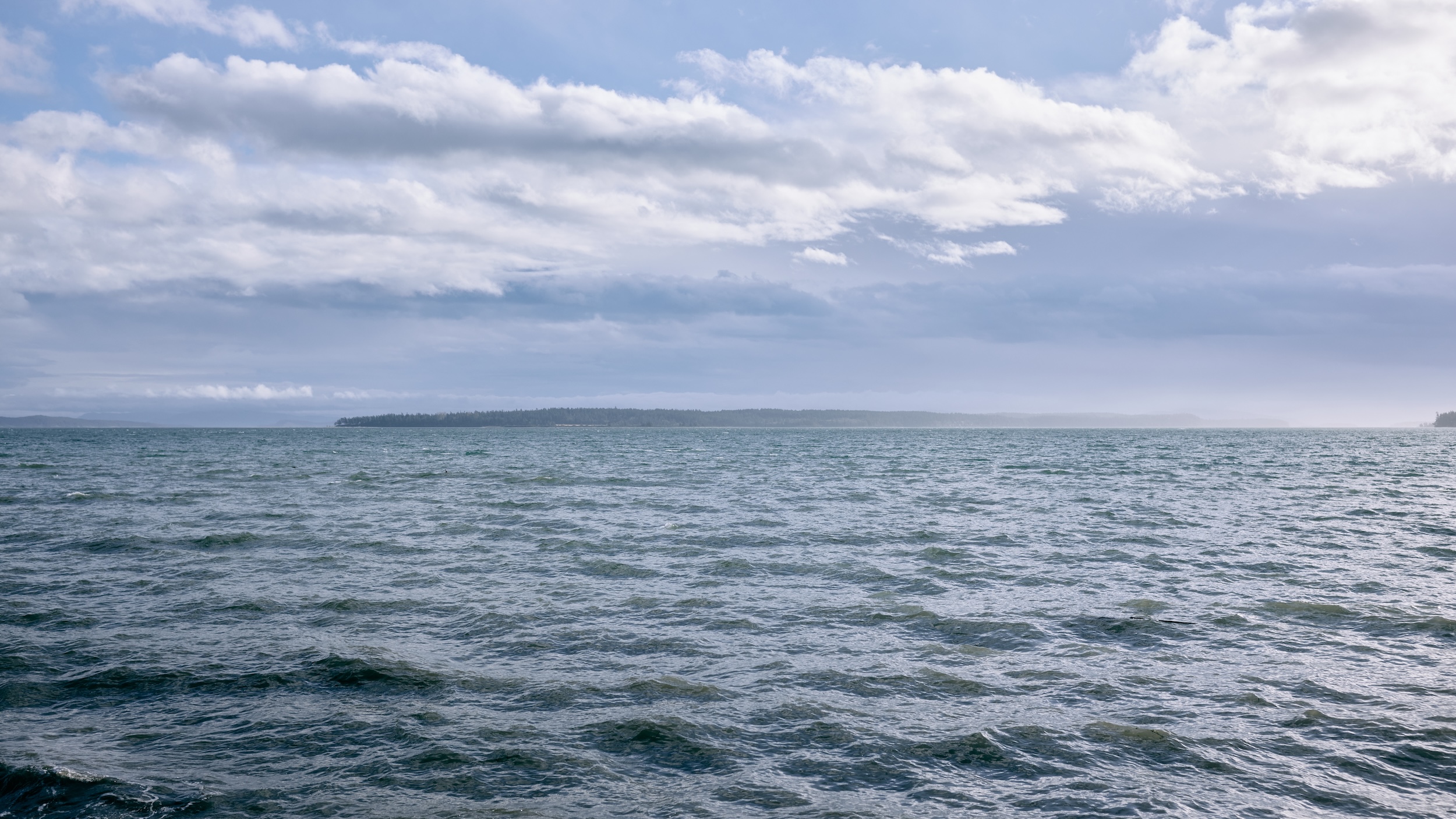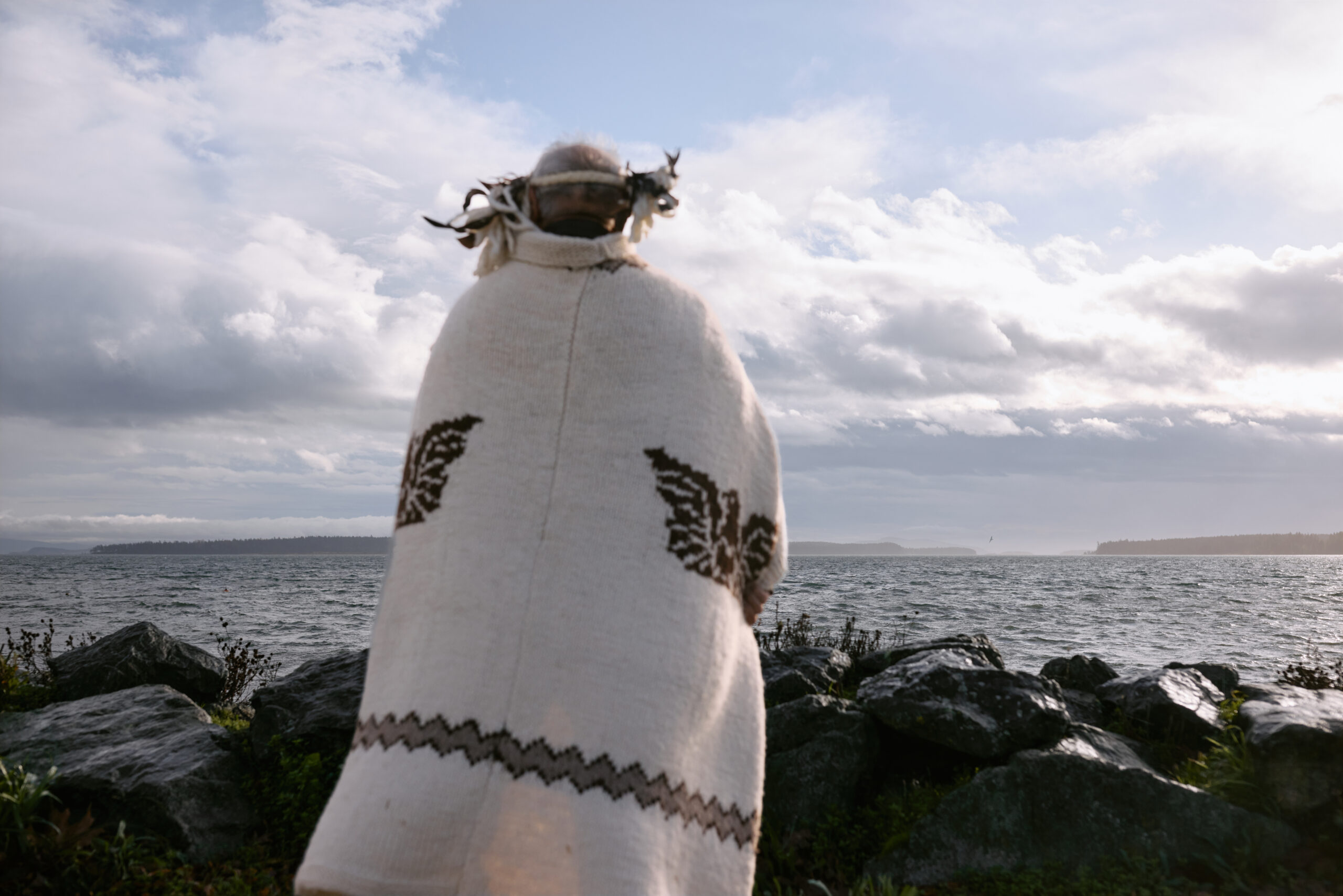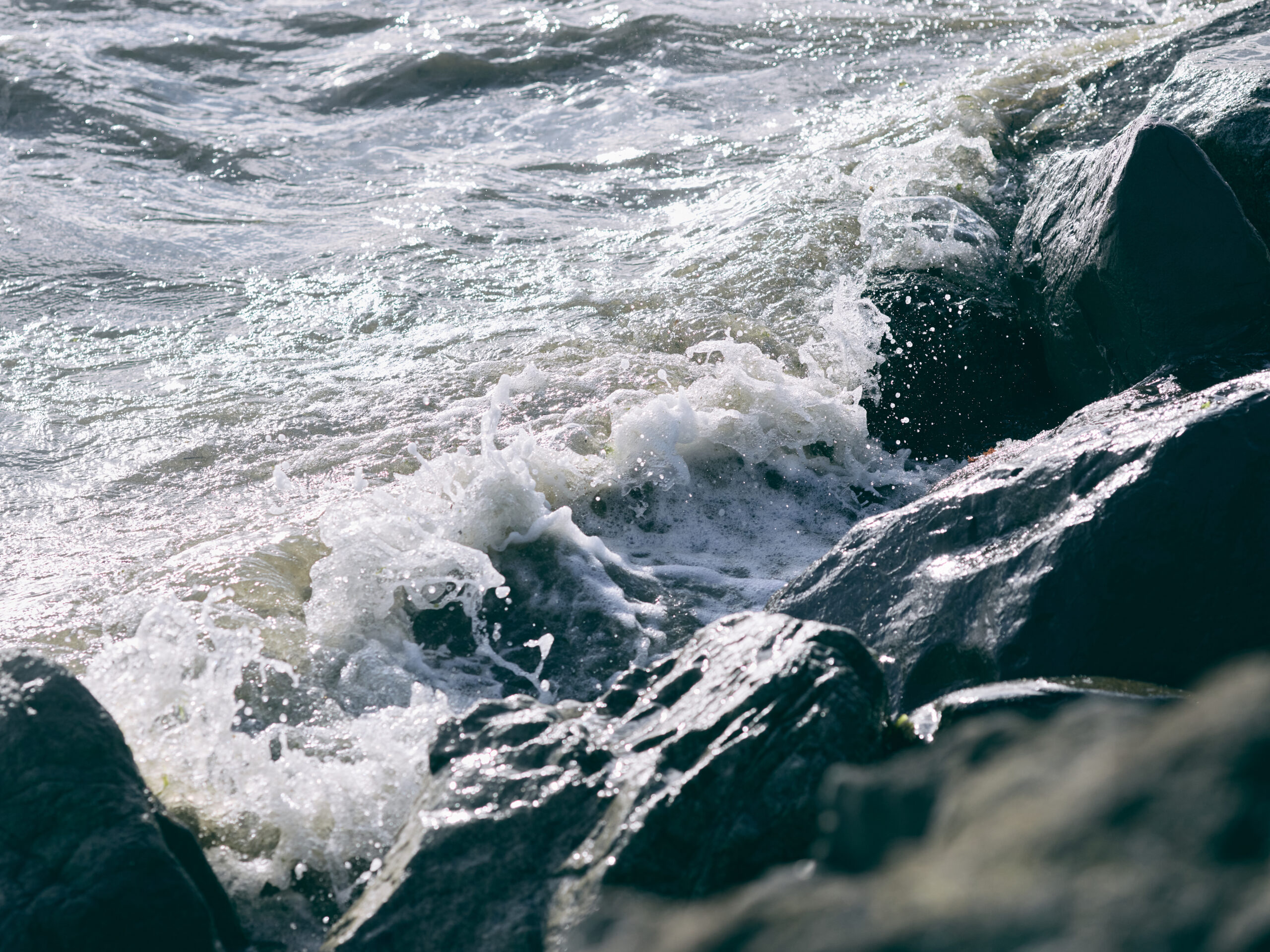
Two blank cheques: are Ontario and B.C. copying the homework?
Governments of the two provinces have eerily similar plans to give themselves new powers to...
W̱SÁNEĆ Hereditary Chiefs are “deeply frustrated” with Fisheries and Oceans Canada’s decision to increase this year’s herring harvests in B.C.’s Salish Sea despite their call for a moratorium.
They are concerned the department, commonly known as DFO, is putting industry before the well-being of herring, which are a food source for salmon and whales and a cultural food staple for First Nations. Stocks collapsed in the 1960s due to overfishing, leading to a years-long closure of commercial fisheries. Since the late 1970s, herring fisheries have been closed intermittently — an action that W̱SÁNEĆ chiefs say is needed now.
Instead, Fisheries and Oceans Canada increased the allowable harvest, from 10 per cent of the estimated total biomass in 2024 to 14 per cent this year.


“How can DFO justify increasing herring harvests while stocks are in steep decline in our territories?” Tsawout Hereditary Chief Eric Pelkey, or W̱IĆKINEM, said in a statement.
The chiefs argue keeping the commercial fishery open violates their W̱SÁNEĆ Douglas Treaty right to carry on fisheries “as formerly” before contact, which they said will be “impossible should the fragile herring population collapse.”
“The Strait of Georgia is now the only one of the five major spawning areas along the B.C. coast still open to a herring fishery — four others were closed because the stocks collapsed. This decision further jeopardizes the health of our waters and our way of life.”

At the centre of the tension is a disagreement about how well herring are doing.
The chiefs emphasize herring stocks have plummeted across B.C. in recent years. In response the federal government closed commercial fisheries in late 2021 — except for those in the Georgia Strait. But the chiefs have witnessed less spawning in the strait, and say a more precautionary approach is needed to prevent similar declines.
Fisheries and Oceans maintains its approach is precautionary, and told The Narwhal in a statement herring in the strait have “remained highly productive.” The department argued data shows the spawning in the Georgia Strait is strong enough to allow a commercial harvest.


The department surveys the five major Pacific herring stock areas: Prince Rupert District, Haida Gwaii, Central Coast, Strait of Georgia and West Coast Vancouver Island. The department said it engages with First Nations on the annual pacific herring integrated fisheries management plan, and concerns are “carefully considered along with the best available science, Indigenous Knowledge and understanding of fisheries practices.”
It said its decisions are based on input gathered “through our extensive consultation and engagement efforts.”
Pelkey said they have not been able to set up a call or meeting with the department. “We have had no response at all to our inquiries,” he said on Thursday. “Nothing.”
The Pacific Salmon Foundation is leading a project to investigate herring’s role in the salmon food web, and also look at why herring are shifting where they spawn.
They confirmed herring used to spawn broadly in the Georgia Strait, but have moved in recent decades. Loss of habitat is part of the puzzle.
“Herring need vegetation to spawn on,” Jake Dingwall, a research assistant who is leading the habitat assessment, said on the foundation’s website. “It’s an easy equation: if the vegetation is unhealthy, or missing entirely, there won’t be a successful spawn.”
The research is funded by the federal and provincial governments as part of the British Columbia Salmon Restoration and Innovation Fund, but it’s years away from reaching concrete conclusions.

Rob Morley, chair of the Herring Industry Advisory Board, agreed water temperature, food sources and habitat changes in the Salish Sea have led to herring spawning elsewhere. But he argued herring haven’t decreased, they’ve just moved.
“They don’t spend as much time [in the strait] as they used to, because the food sources aren’t there. They’re moving to respond to the environment,” he said.
The key dispute is whether this move is a worrying signal of decline or not. The chiefs point to data showing declines in the commercial catch, but DFO said that doesn’t reflect the total population. While Morley said herring don’t return to one spot, another biologist, Doug Swanston, told CBC some evidence suggests they may have a homing instinct similar to salmon.

The WSÁNEĆ Hereditary Chiefs are hosting a forum called HELIT TŦE SȽOṈ,ET (Let the Herring Live) on Feb. 13 in Tsawout territory, also known Saanichton, to bring together community leaders, politicians and scientists to discuss the plight of herring. They’re worried for the future of all the living creatures in the Strait of Georgia if herring leave those waters.
“Without the herring there can be no salmon, no seals, no killer whales as a result of no salmon,” W̱IĆKINEM told The Narwhal when the chiefs first called for a moratorium.
“All these things all depend on herring to thrive.”
Get the inside scoop on The Narwhal’s environment and climate reporting by signing up for our free newsletter. On a warm September evening nearly 15...
Continue reading
Governments of the two provinces have eerily similar plans to give themselves new powers to...

Katzie First Nation wants BC Hydro to let more water into the Fraser region's Alouette...

Premier David Eby says new legislation won’t degrade environmental protections or Indigenous Rights. Critics warn...
